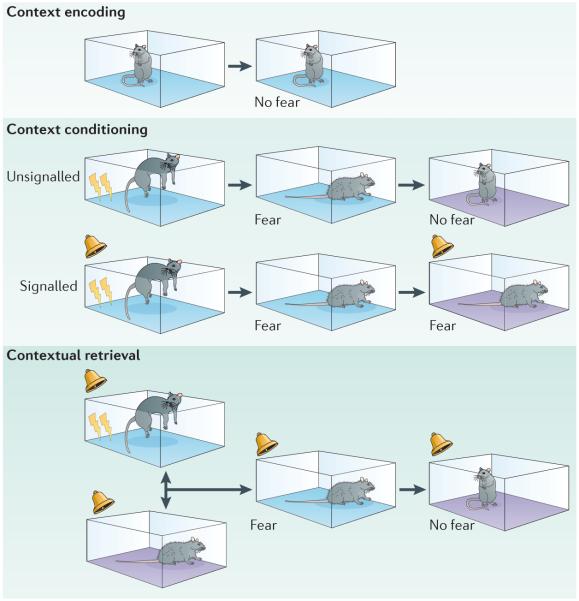Figure 2. Context encoding, conditioning and retrieval tasks in rodents.
There are many learning and memory processes involved in acquiring and expressing information about contexts. Merely exposing animals to a novel context results in a memory of that context, a process called contextual encoding (top panel). If that context is subsequently paired with an aversive stimulus, such as an electric footshock (indicated by the lightning symbol), it will yield an association between the context and shock; this process is called context conditioning (middle panel). Context conditioning occurs with either a signalled shock, in which a conditional stimulus (CS), for example, a sound, is paired with the shock (the unconditional stimulus (US)) or with an unsignalled shock, in which the US is presented without a CS. Contexts can also acquire modulatory properties in which they set the occasion for when a CS and US are paired. For example, in a conditional discrimination task based on context, a CS is paired with the US in one context but not in another context. The context subsequently serves to retrieve the meaning of the CS in each context in which it occurs, a process termed contextual retrieval (bottom panel).

